De Havilland Canada DHC-2 Beaver
This article was originally written and submitted as part of a Canada 150 Project, the Innovation Storybook, to crowdsource stories of Canadian innovation with partners across Canada. The content has since been migrated to Ingenium’s Channel, a digital hub featuring curated content related to science, technology and innovation.
A dam good aircraft, the Beaver is a model bush plane: hard-working, reliable, and rugged.
The de Havilland Canada DHC-2 Beaver is one of Canada’s most successful aircraft — almost 1,700 Beavers were made and sold around the world between 1947 and 1968, more than any other Canadian aircraft.
The Beaver was designed in consultation with bush pilots, who asked for a short-takeoff-and-landing aircraft with a large cargo capacity. De Havilland engineers responded with an all-metal airplane with high-lift wings, a reliable radial engine, and flexible design that could accommodate up to eight passengers or cargo, including 45-gallon fuel drums.
This Beaver, CF-FHB, is the prototype aircraft. It was first flown on August 16, 1947, and served bush operators in western Canada for another 31 years. Several hundred Beavers are still flying in Canada alone, evidence of this aircraft’s reliability and utility.



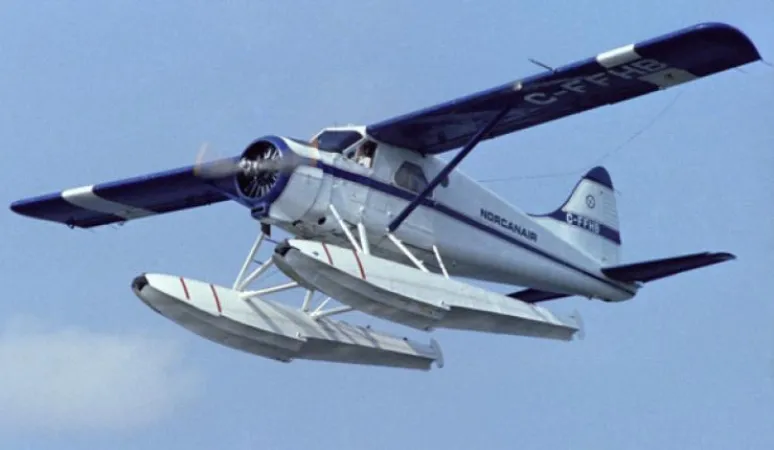
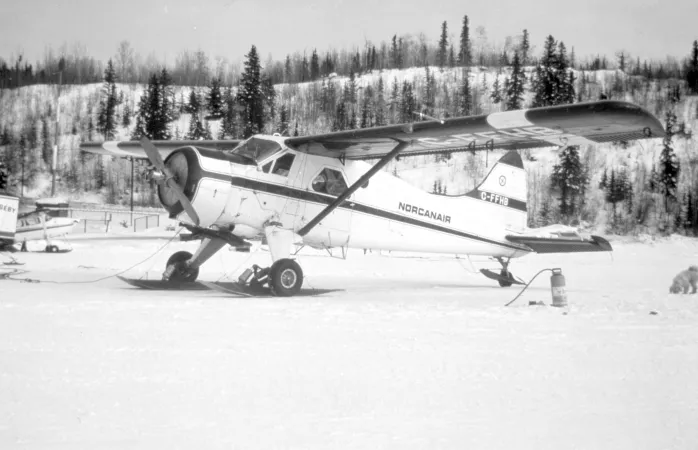
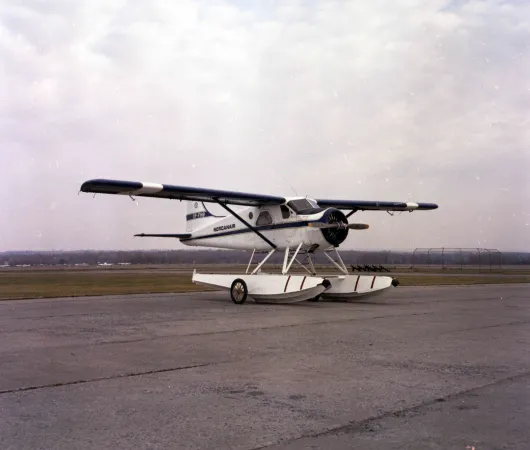
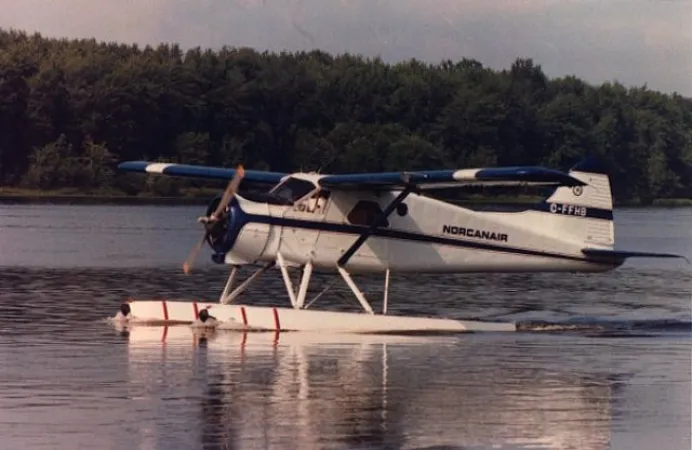
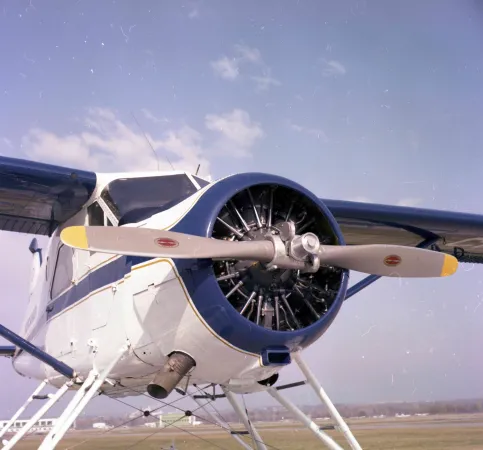

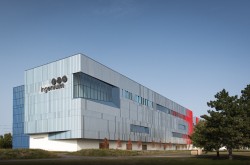

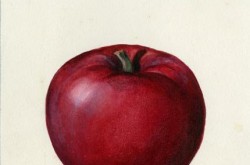
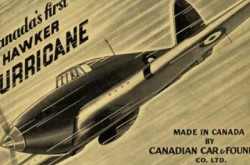
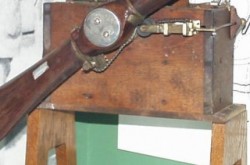
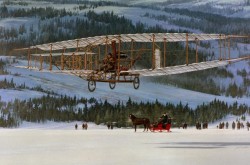





![A block of photographs showing some of the people involved in the bombing of beluga whales in the estuary and gulf of the St. Lawrence River. Anon., “La chasse aux marsouins [sic]. » Le Devoir, 15 August 1929, 6.](/sites/default/files/styles/thumbnail_7/public/2024-09/Le%20Devoir%2015%20aout%201929%20page%206.jpg?h=584f1d27&itok=TppdLItg)






